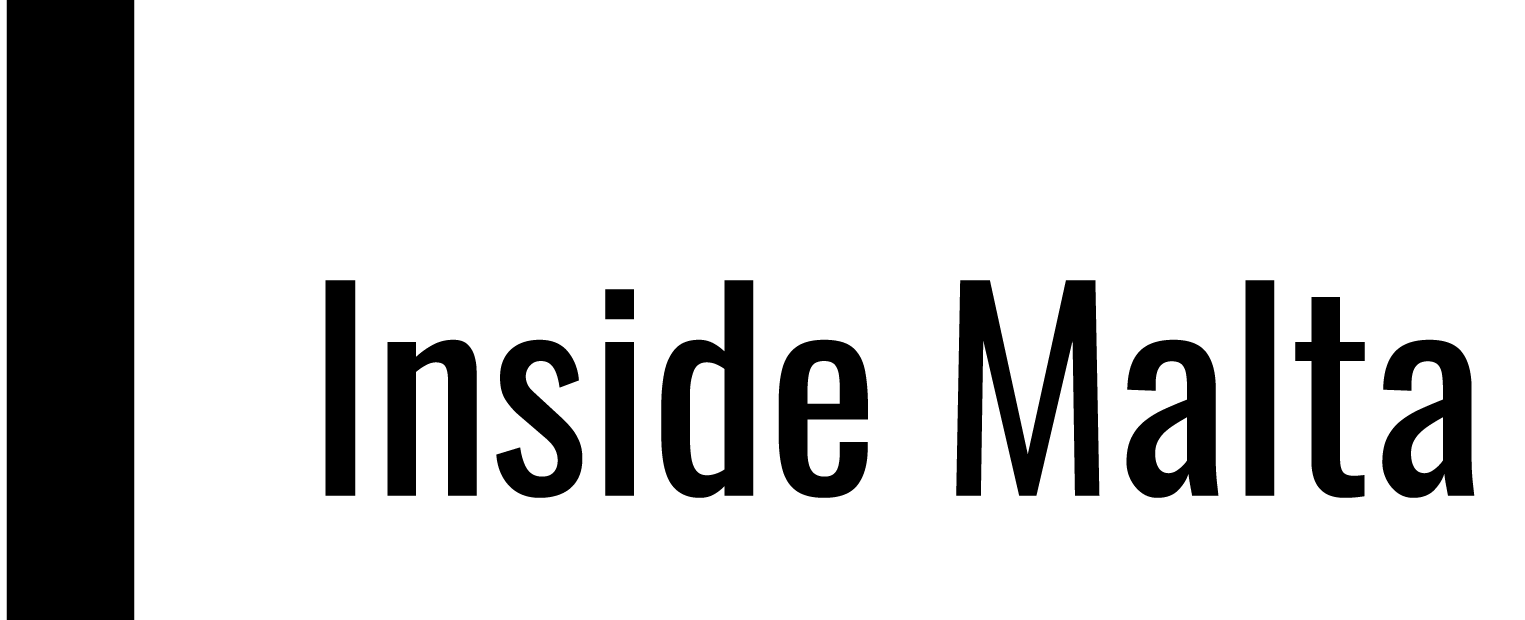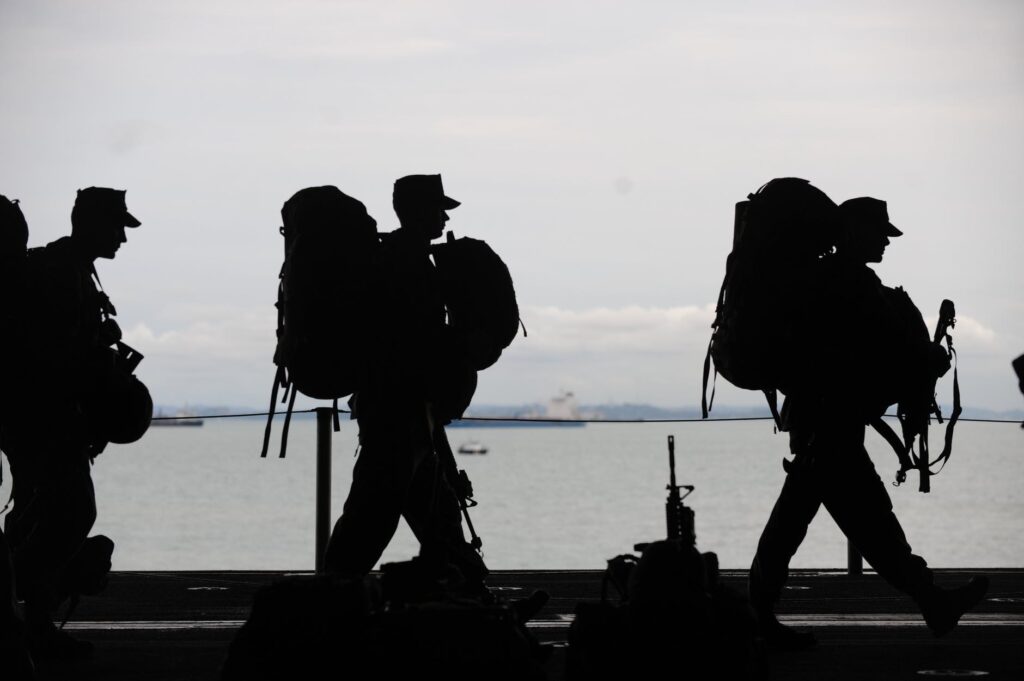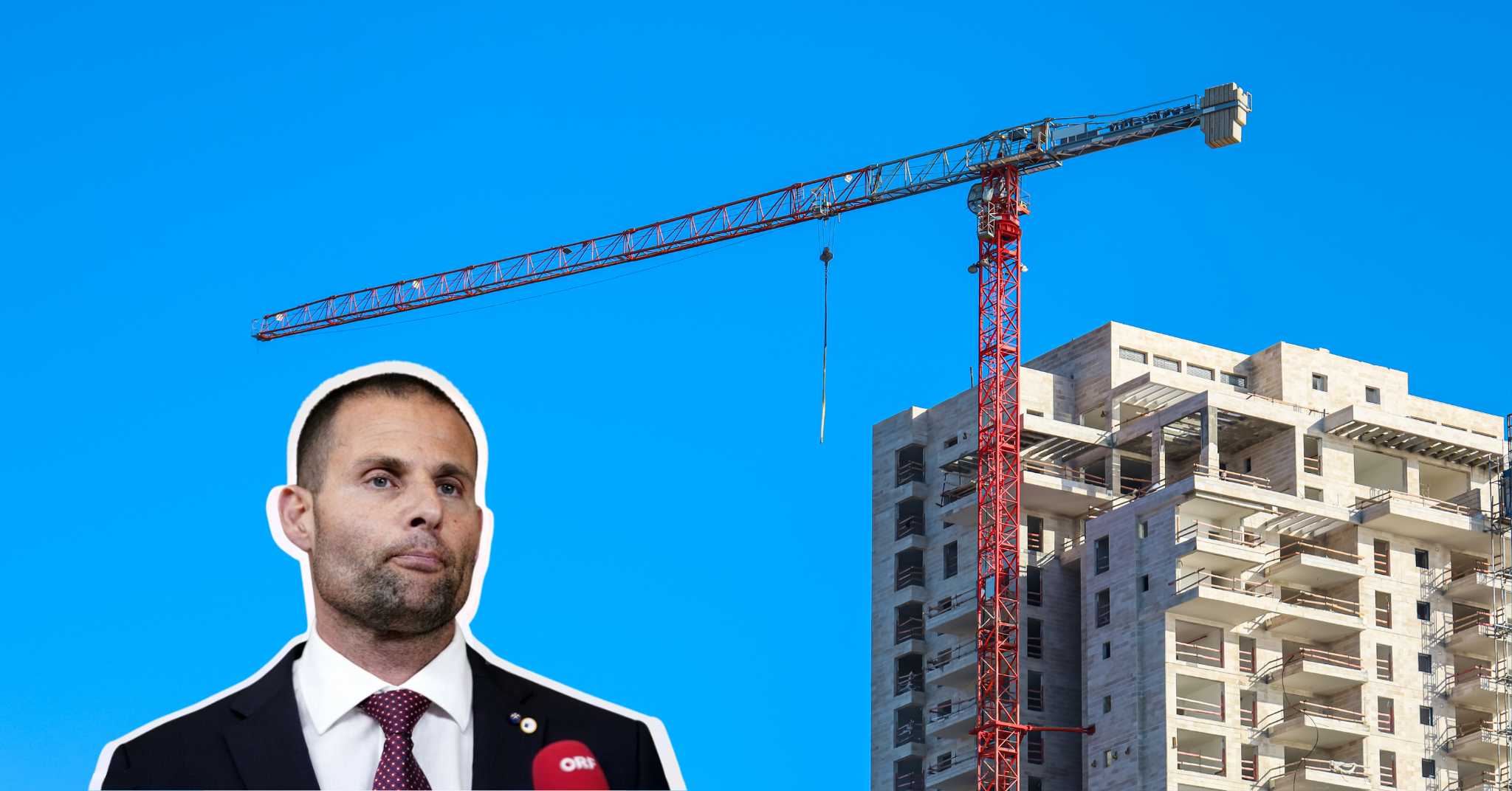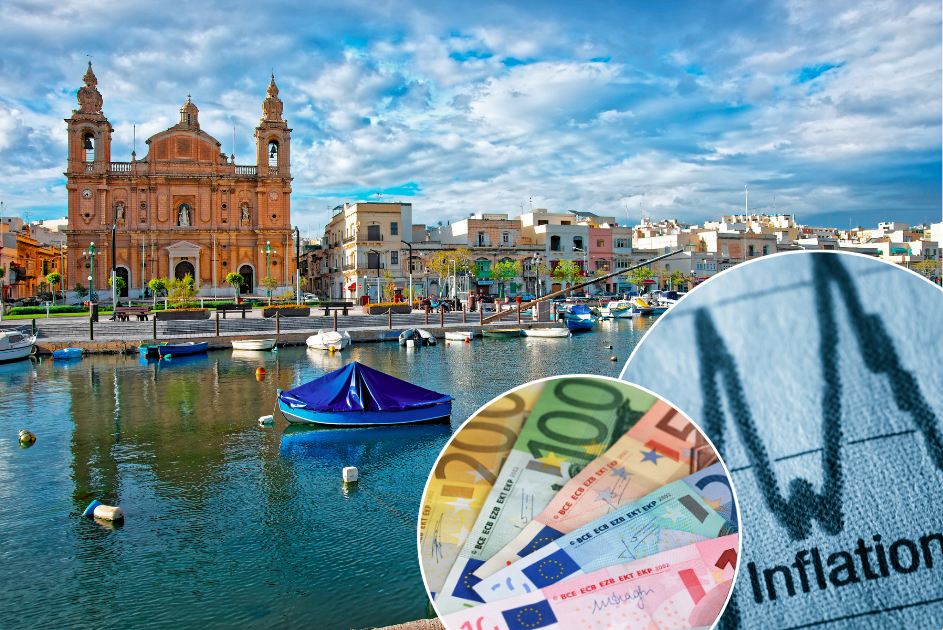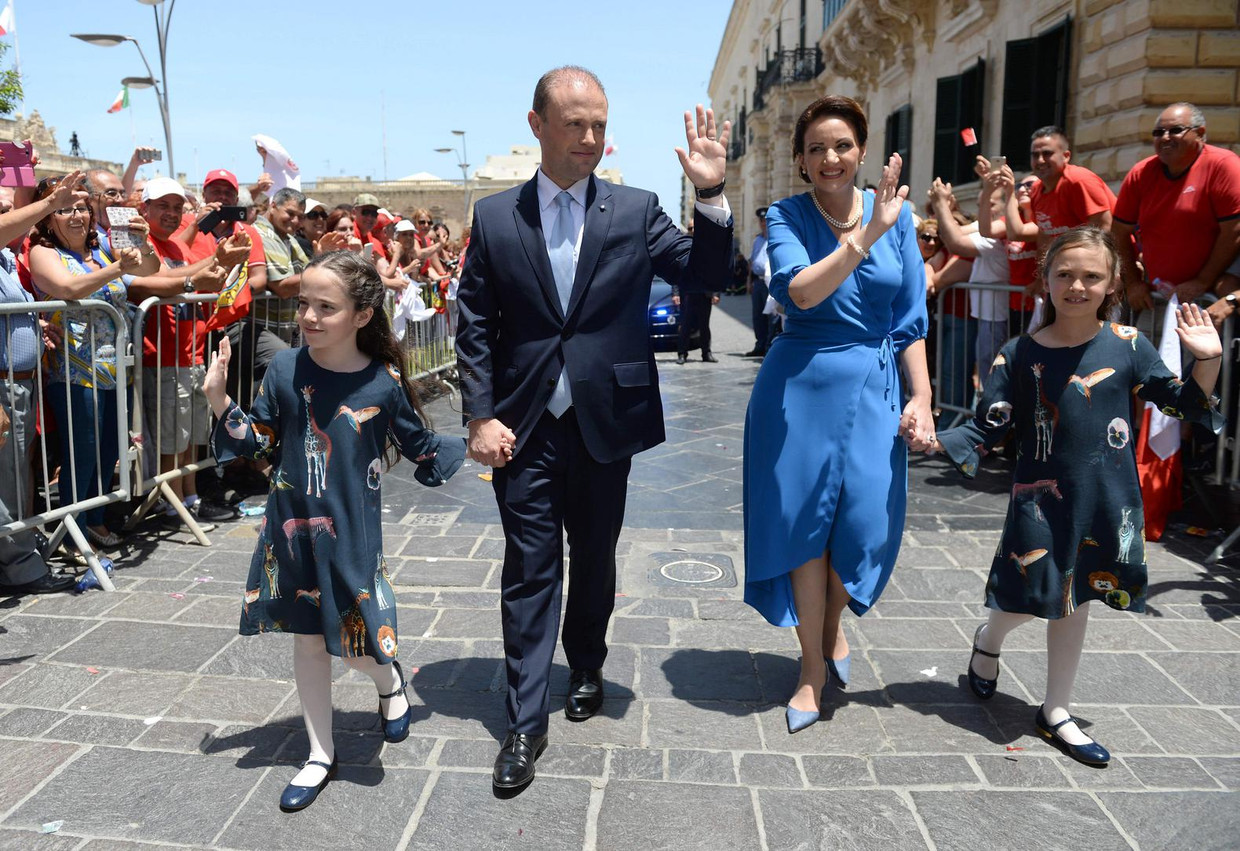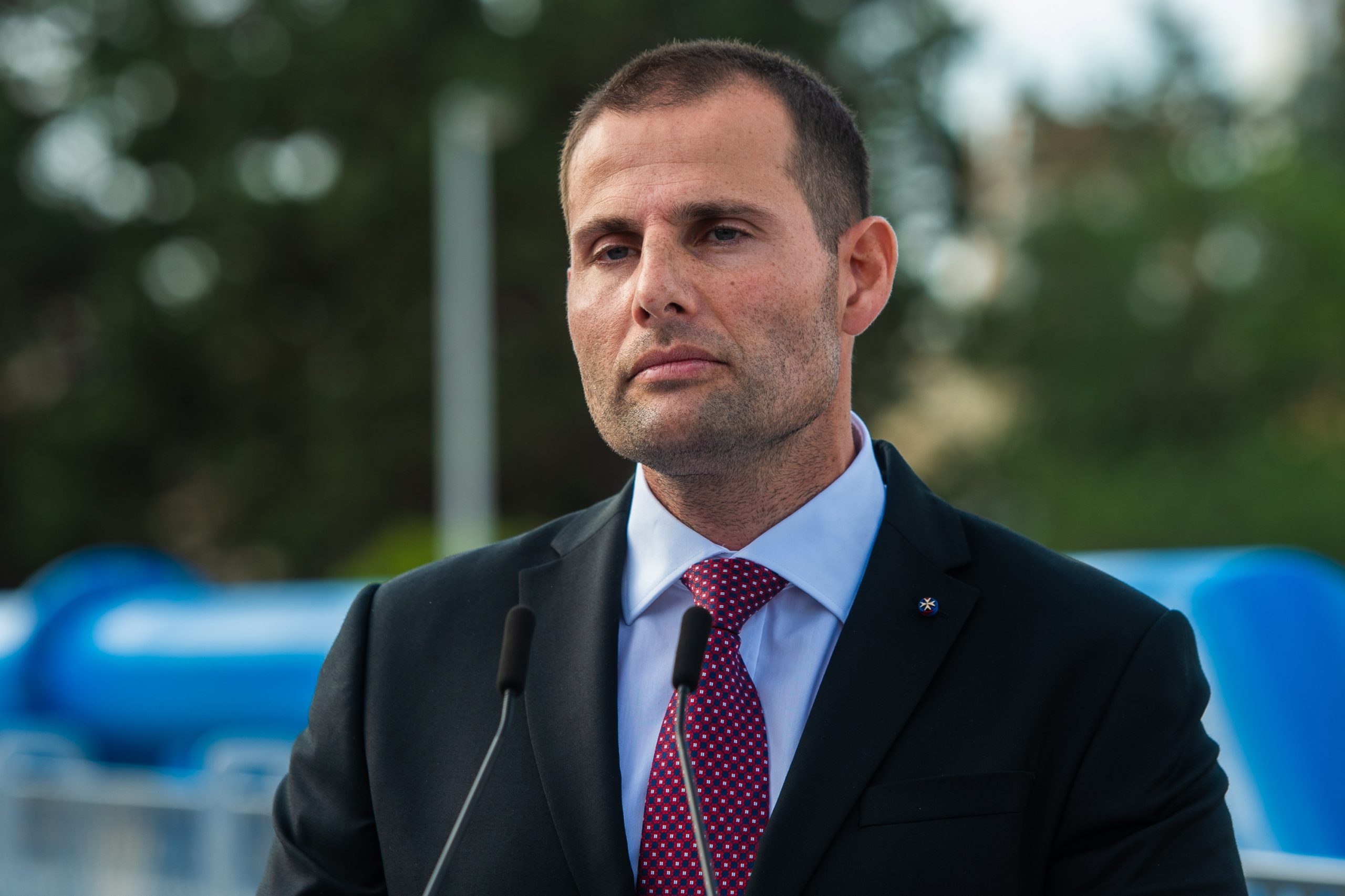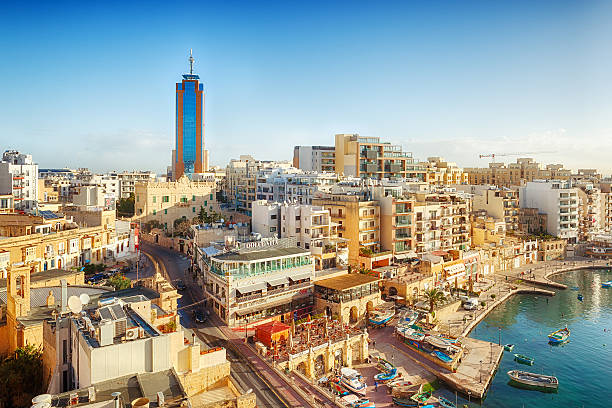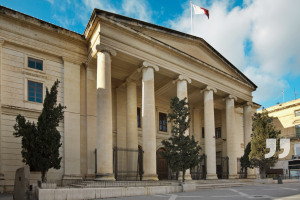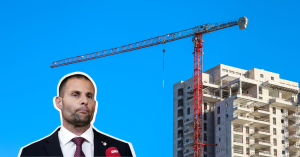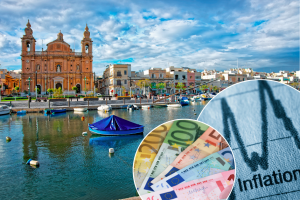The History behind Malta’s neutrality
Since 1987 Malta is neutral. When prime minister Karmenu Mifsud Bonnici was in power, Malta constitutionalized the clauses of neutrality. The Clause is defined in the following words: “Malta is a neutral state actively pursuing peace, security and social progress among all nations by adhering to a policy of non-alignment and refusing to participate in any military alliance.”
Mintoff was the first to steer the Maltese island towards neutrality in 1956 with a non-alignment policy. The idea of the non-alignment’s movement came one year after the Bandung Conference that Mintoff joined. This was the beginning that led Malta to independence from Britain in 1962.
In 1971 Mintoff enhanced the non-alignment agreement and expelled the NATO Mediterranean Command Fleet from Malta. It wasn’t in the UKs interest to leave, as it was its foothold in the Cold War.
He then tried to get the neutrality recognized by several counties like Italy, France, Libya, China and some more. Though the only countries who did recognize Malta’s neutrality were the USSR and Italy in 1981.
Implementing neutrality into Malta’s Constitution became a political issue during the 80’s. Due to the election results, where PN won the popular vote, but Labour was elected to the government, they stroke a deal-If Malta changes its electoral laws so that “the absolute majority of the votes” would govern, then Malta’s neutrality would be constitutional in return.
In 1987 this agreement passed, and Malta included the country’s neutrality and changed its election laws.
What obstacles did Malta’s neutrality have to pass over the years?
Over the years Malta’s neutrality came under discussion several times when it spoke about the country’s foreign policy, peaking in its biggest debate around joining the EU in 2004.
During The Libyan Revolution in 2011 Malta let foreign forces pass their air space, which could be seen as a controversial to its Constitution. On top of it, Malta landed two fighter jets by Libya and didn’t return them on Libya’s request. This made it look like Malta indeed took sides.
In 2016 Malta refused to refuel a Russian warship, that was on its way to Syria. The Russians blamed Malta to be bios of Western propaganda. Prior Malta let Russian and American warships dock; even tough Russia took over Crimea. Until this day US warships can dock in Malta without any problems.
How do the sanctions on Russia affect Malta’s neutrality?
The EU and other Western countries have sanctioned Russia severely since the beginning of the invasion of Ukraine. Malta, like many other countries, implemented several sanctions packages in response to the war.
Malta froze Russian bank assets, and this wasn’t the first time they’re getting involved in economic sanctions. Already in the Libyan Revolution they froze assets in Malta worth around €200 Mio. Only now about 10 years later they started releasing some of these assets.
This time in the Russian-Ukraine war, both opposite parties were in sync. They both wanted to sanction Russia for their brutality and for disturbing the peace of Europe. This doesn’t seem very neutral and could be against their Constitution, even if the actions themselves are not military-affiliated.
After Ukrainian President Zelenskyy contacted Malta and plead for help, a public discussion broke out on social media. It seems as if the country has been influenced by the opinions of its people, to the point where it unconstitutionally acts upon them.
This raises the question whether real neutrality can be maintained in a country where public pressure for action is so livid. According to a survey 63% of the Maltese still support its neutrality, though in hindsight the public demand at real time is quite different.
The big question remains still: How neutral is Malta really?
